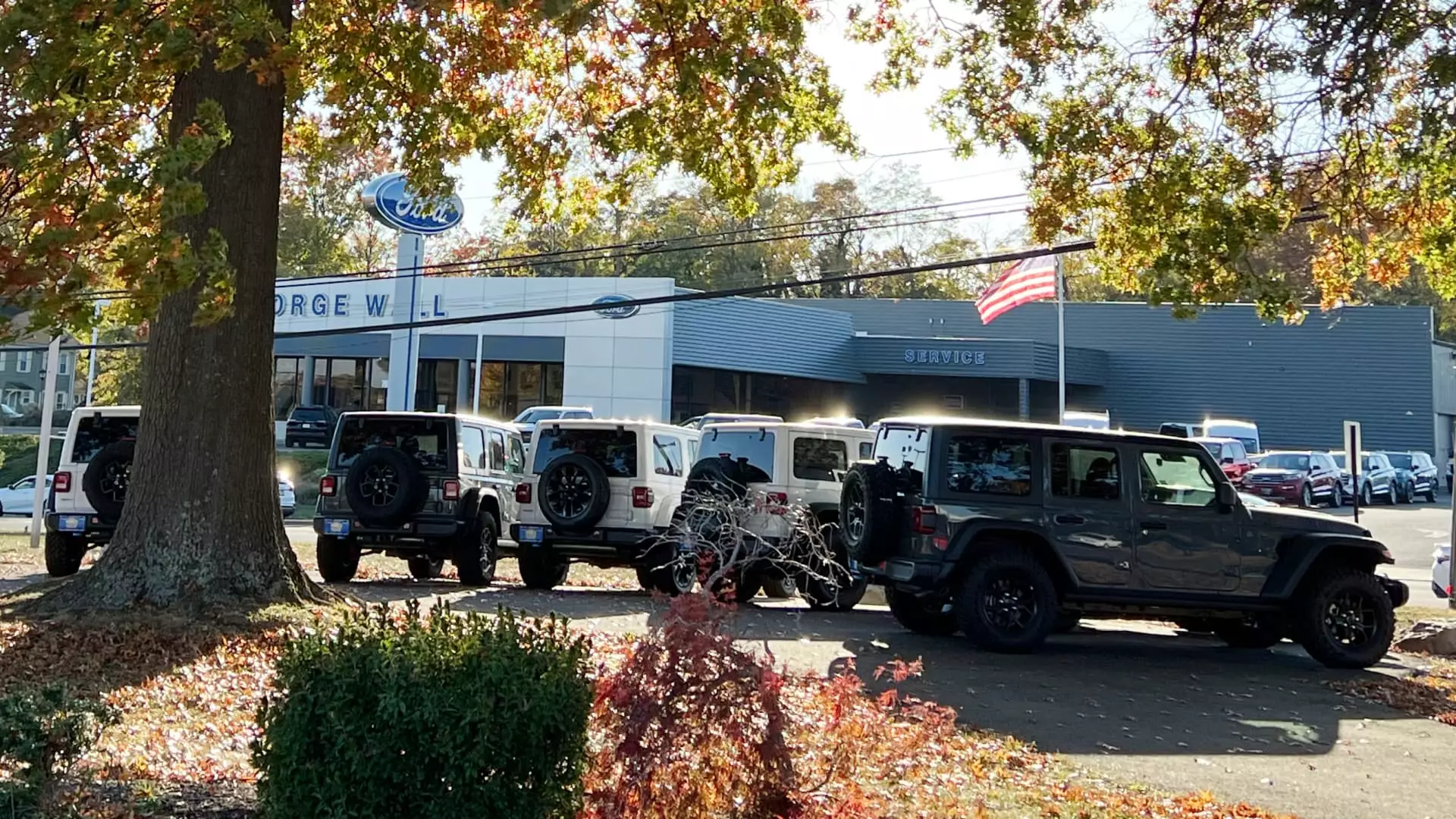Purchasing a car is a rite of passage for many teenagers and their parents, symbolizing newfound independence and responsibility. As a child of the 90s, I fondly recall buying my first car, a straightforward Toyota Tercel, for under $10,000. Fast forward three decades, and I find myself in a similar situation as my daughter approaches her 17th birthday. I had envisioned a seamless experience mirroring my own, bolstered by her determination and savings since age 13. However, the realities of the modern automotive market have drastically shifted, presenting a more complicated and financially daunting scenario.
The Rising Cost of Used Vehicles
If you have remained outside the used car market for the past several years, brace yourself for a startling revelation: prices have skyrocketed. According to insights from industry expert Ivan Drury at Edmunds, the landscape of vehicle pricing is unrecognizable. The average listing price of used cars has surged to an astonishing $25,361—a significant leap from figures seen just five years ago. This trend can largely be attributed to pandemic-induced supply chain disruptions, which have constrained inventory while simultaneously inflating prices for both new and used models.
New vehicles, too, have not escaped this inflationary wave. As of October, the average transaction price for a new car has edged close to $47,823, approaching an all-time high. The lack of lower-priced options—particularly those under $30,000—has compounded the affordability crisis for consumers. Alarmingly, 10% of vehicles sold now surpass the $70,000 mark, dramatically up from just 3% five years prior. Coupled with the staggering statistic that only 0.3% of new vehicles are priced below $20,000, it’s clear the game has changed, and not in favor of budget-conscious parents and teenagers.
The escalation in prices isn’t solely due to the basic economics of supply and demand; it also stems from the proliferation of advanced technological features in modern cars. Vehicles today come equipped with an array of high-tech amenities, from sophisticated touch screens to 360-degree cameras and heated seats, all of which increase manufacturing costs. Drury emphasizes that today’s cars are “borderline crazy” in terms of functionality, which naturally translates to higher prices.
Amid all this, my daughter had her heart set on a Jeep Wrangler—a model known for retaining its value exceptionally well, creating yet another hurdle for budget-oriented buyers. A recent study from iSeeCars highlighted that even a 10-year-old Wrangler holds an average price of $23,381. Moreover, when considering the enhanced safety features and fuel efficiency introduced in newer models, the decision to opt for an older vehicle becomes less appealing, creating further financial dilemmas.
This complex environment necessitates strategic searching. While platforms like Cars.com and Carvana have introduced greater transparency to the car-buying process, prices still tend to remain high. We had better luck exploring inventory at local dealerships, where we discovered several 2021 Wrangler models that met our specifications. However, dealer dynamics have changed significantly; negotiating prices is challenging when consumers have easy access to price information, as outlined by Drury’s observations.
Dealerships may offer incentives, but they are often less flexible in reducing sticker prices than in the past. With the wealth of information available, they face considerable pressure to remain competitive, leading to a more standardized pricing approach that diminishes the classic car-buying negotiation experience.
Financing Options and Additional Costs
In this high-stakes market, securing a favorable financing option becomes paramount. According to Bankrate.com, the average interest rate for a four-year used car loan currently stands at around 8.21%. For those with good credit, better financing terms are certainly within reach. As we navigated this process, I managed to negotiate some additional fees that were initially tacked onto the price, which offered a modicum of relief amidst the financial whirlwind.
Ultimately, despite our best efforts to stick to a budget, we found ourselves spending more than planned. This doesn’t even touch upon the added financial burden of insuring a teen driver—an expense that can be substantial and varies widely based on location and coverage options.
The journey to purchase my daughter’s first car has illuminated the stark changes in the automotive landscape since my teenage years. The contrast between past experiences and present realities suggests that parents and their soon-to-be-driving children must approach the car-buying process with realistic expectations and adaptability. While the task may be challenging, it ultimately offers a valuable opportunity for financial literacy and responsible decision-making that will serve my daughter well in her newfound independence.

